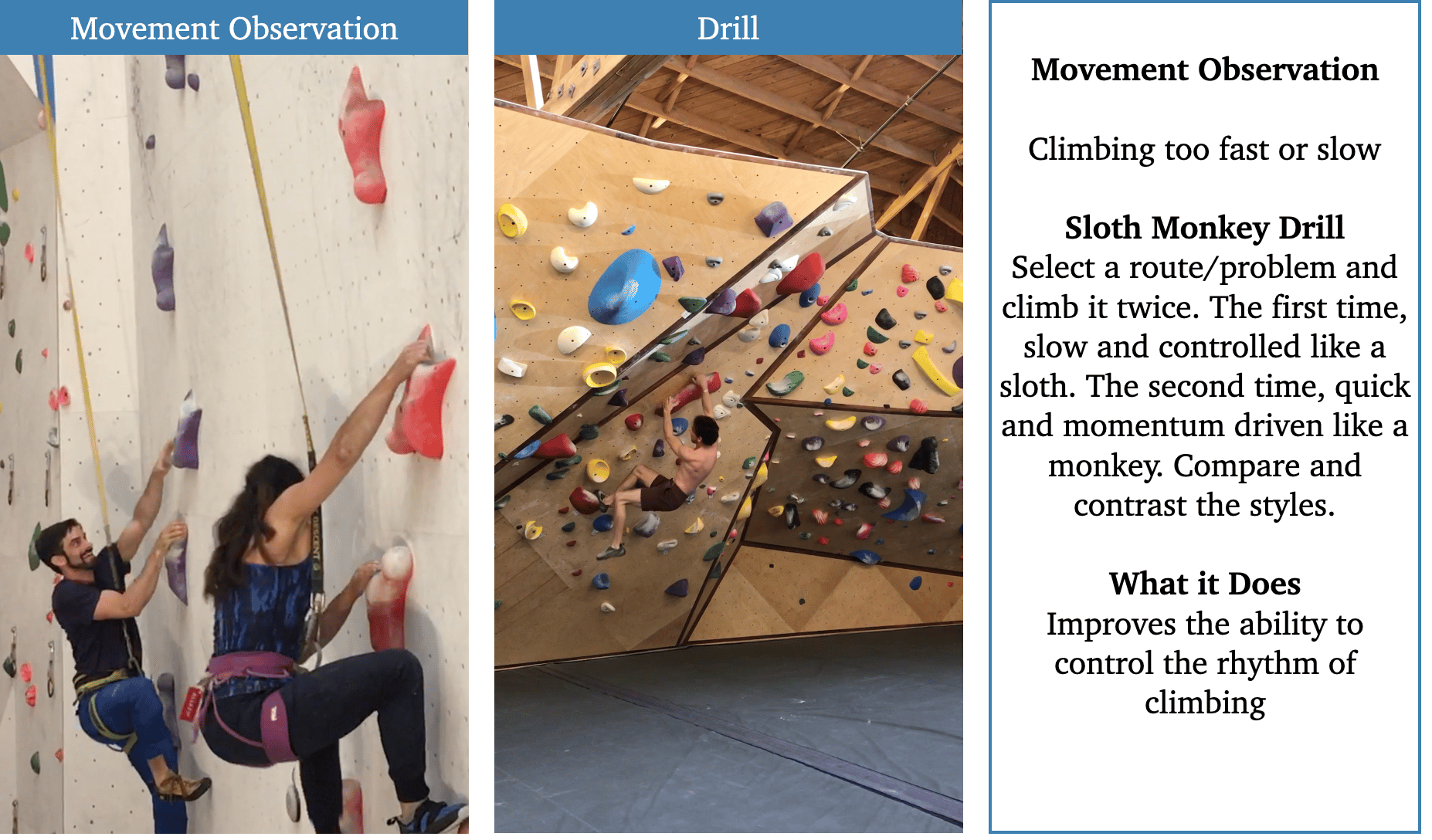🔥 Best MTB GEAR DEALS ON AMAZON
Bike suspension seat posts have gained immense popularity among cyclists, especially those who frequently ride on rough terrains or encounter bumps and vibrations during their rides.
These innovative components aim to enhance comfort and reduce the impact on riders’ bodies by absorbing shocks and vibrations.
In this article, we will delve deeper into the workings of bike suspension seat posts and discuss their effectiveness in improving the overall riding experience.
Understanding Bike Suspension Seat Posts
A bike suspension seat post is a specially-designed component that replaces the conventional rigid seat post found on most bicycles.
It incorporates a built-in suspension mechanism, typically comprising of springs or elastomers, which allows the seat to move vertically in response to uneven terrain or shocks.
This movement absorbs impacts and vibrations, thereby minimizing the transfer of these forces to the rider’s body.
Benefits of Bike Suspension Seat Posts
Improved Comfort:
The primary advantage of using a suspension seat post is the significant increase in comfort.
By absorbing shocks and vibrations, it reduces the jarring effect that often leads to discomfort and fatigue during long rides.
This is particularly beneficial for riders with back pain or those susceptible to developing saddle sores.
With a suspension seat post, you can enjoy a smoother and more pleasant ride, even on challenging terrains.
Enhanced Control:
Bike suspension seat posts enable riders to maintain better control over their bikes, especially on rough surfaces or off-road trails.
The improved absorption of shocks allows riders to maintain better stability, reducing the risk of accidents and enhancing overall confidence while cycling.
This enhanced control translates into a safer and more enjoyable riding experience, allowing you to tackle obstacles and unpredictable terrains with ease.
Reduced Fatigue:
With a suspension seat post, riders experience less exhaustion and fatigue during extended rides.
By minimizing the impact forces transmitted to the body, the muscles and joints are subjected to less stress, resulting in improved endurance and reduced post-ride soreness.
This reduction in fatigue allows you to go the extra mile and push your limits without compromising on comfort.
Protection from Injury:
Regularly encountering shocks and vibrations can potentially lead to injuries such as lower back pain, spinal compression, or joint strains.
Bike suspension seat posts help attenuate these forces, thus providing an extra layer of protection against long-term injuries.
By absorbing the impact, these seat posts safeguard your body from the harmful effects of continuous vibrations, ensuring a healthier and safer riding experience.
Versatility:
Suspension seat posts are adaptable and can be easily adjusted to suit riders’ preferences.
Most models allow for adjusting the stiffness or preload of the suspension, enabling riders to customize the level of cushioning according to their weight, riding style, or terrain conditions.
This versatility ensures that you can fine-tune your suspension seat post to cater to your specific needs, maximizing both comfort and performance.
Factors to Consider
While bike suspension seat posts offer numerous benefits, there are several factors to consider before investing in one:
Riding Style:
The type of cycling you engage in plays a crucial role in determining the usefulness of a suspension seat post.
If you primarily ride on smooth roads or engage in intense speed-focused activities like road racing, the benefits of a suspension seat post may be less pronounced.
However, for off-road enthusiasts, mountain bikers, or commuters who frequently face bumpy terrains, a suspension seat post can greatly enhance comfort and control.
Consider your riding style and terrain preferences to determine whether a suspension seat post is suitable for you.
Bike Compatibility:
Not all bicycles are compatible with suspension seat posts.
Before purchasing one, it is essential to ensure that your bike frame has the necessary provisions to accommodate a suspension seat post.
Additionally, consider the diameter and length requirements compatible with your bike frame to ensure a proper fit.
Check the specifications of your bike and consult with a professional if you are unsure about compatibility.
Maintenance and Adjustment:
Suspension seat posts require regular maintenance to ensure optimal performance.
It is crucial to follow the manufacturer’s guidelines regarding cleaning, lubrication, and inspection intervals.
Regularly check the condition of your suspension seat post, and if necessary, perform any recommended maintenance.
Additionally, understanding how to adjust the suspension stiffness or preload can help fine-tune the seat post to your specific riding needs.
Familiarize yourself with the adjustment mechanisms and seek guidance if needed.
Weight and Durability:
The weight of the suspension seat post can impact your overall bike’s weight, which may be a factor to consider for competitive cyclists.
If weight is a crucial aspect for you, explore lightweight options without compromising on durability.
Additionally, look for durable construction materials that can withstand the rigors of off-road riding or heavy daily use.
Opt for seat posts made from high-quality materials to ensure longevity and reliable performance.
Conclusion
Bike suspension seat posts can significantly enhance comfort, control, and overall riding experience.
By minimizing the impact of shocks and vibrations, these components help reduce fatigue, protect against injuries, and provide a smoother ride.
However, it is essential to consider factors such as riding style, bike compatibility, maintenance requirements, and durability before investing in a suspension seat post.
By carefully evaluating your needs and preferences, you can select a suitable suspension seat post that aligns with your riding goals and preferences.
So, go ahead and enjoy a more comfortable and enjoyable cycling experience with a bike suspension seat post!



